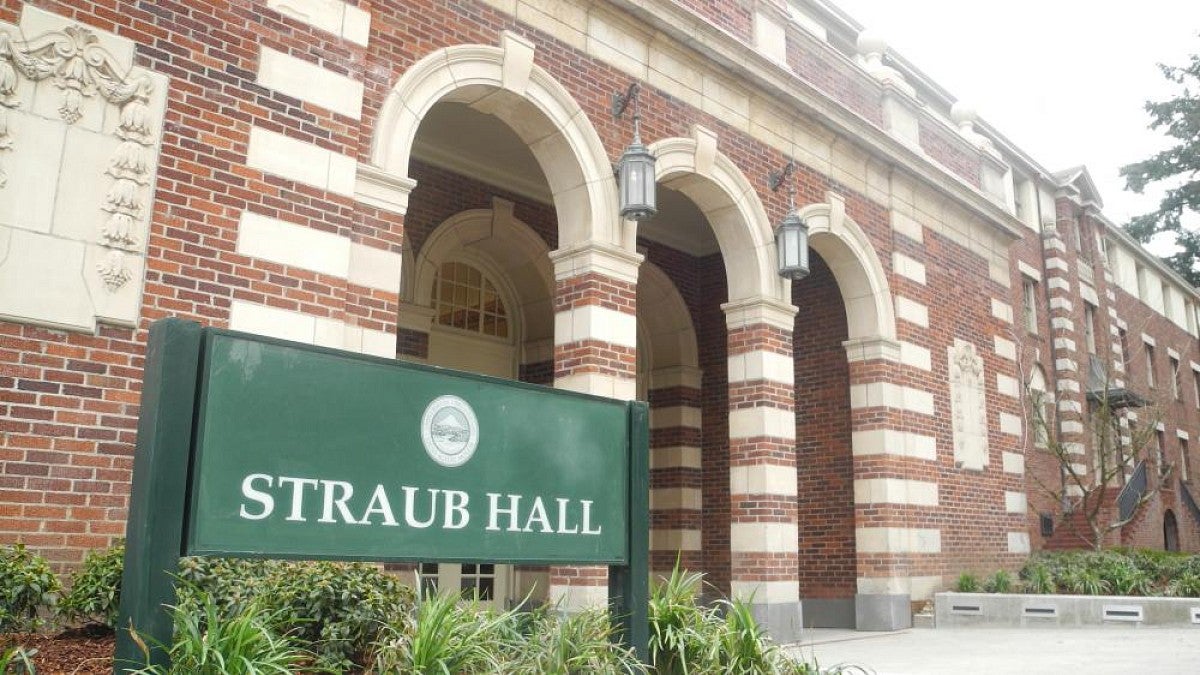An earthquake might wreck the University of Oregon’s local water supply, but an idea from the latest update of the UO’s Natural Hazard Mitigation Plan could have resident students drinking clean and healthy water while waiting for relief.
Natural hazards include floods, earthquakes, severe winter storms, windstorms, coastal erosion, tsunami, volcanic eruption, drought and wildfire. To limit the effects on the UO from natural hazards, staff in Safety and Risk Services and colleagues across the university update a Natural Hazard Mitigation plan every five years.
The plan documents the UO’s buildings and programs, the types of hazards that could affect them and action plans for prevention and responses that allow the university to keep up its core mission of teaching, research and public service.
No law requires the UO to have such a plan; it’s just a good idea. But having a formal plan does allow the UO to be reimbursed for some costs in the event of an incident.
A recommendation in the 2016 plan update is to look into the possibility of drilling a well near the Campus Power Station north of Franklin Boulevard that could provide a backup water source if the UO’s local water supply is compromised.
One of the plan’s less dramatic, but still key, elements is meshing mitigation and resilience with existing projects, like taking advantage of campus building renovations to insert safety features.
"The remodeled Straub Hall is a great example," Andre Le Duc, associate vice president for Safety and Risk Services, said. "It balances architectural function and visual appeal with the need for a seismic upgrade for earthquake safety."
The same approach will be used with future renovations to the Bean, Hamilton and Walton residence halls.
Some of the proposed new actions for the 2016 plan include:
- Investigate placing a well at the Campus Power Station as a backup water source.
- Explore placing a large-capacity fuel tank at Campus Planning and Facilities Management for extended off-grid power to campus buildings in emergencies.
- Participate in the Great Oregon ShakeOut and continuously educate students and employees on all kinds of preparedness.
- Include hazard mitigation in campus building standards.
- Develop mitigation plans for the Pine Mountain and White Stag campuses in Bend and Portland, respectively.
A major change to the 2016 plan is how often it is reviewed and adjusted to adapt to changing campus conditions and recent experiences here or at other institutions. A smaller and more flexible steering committee with expertise in key subjects will meet quarterly to track the progress on plan goals and identify new concerns or ideas.
That group will report annually to the Campus Vulnerability Assessment Team.


